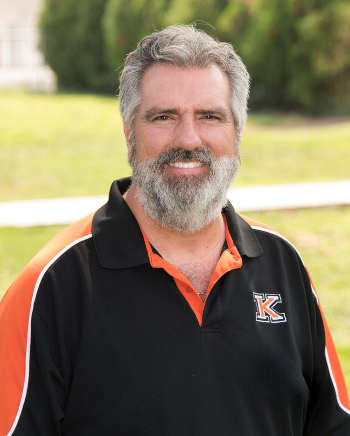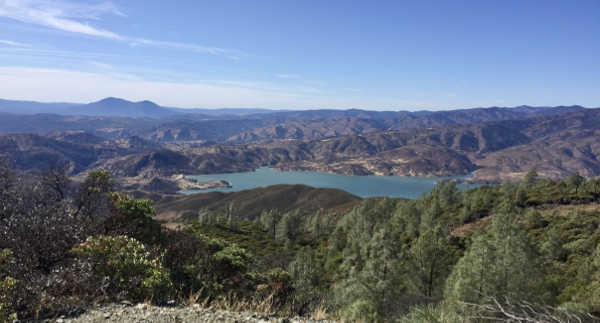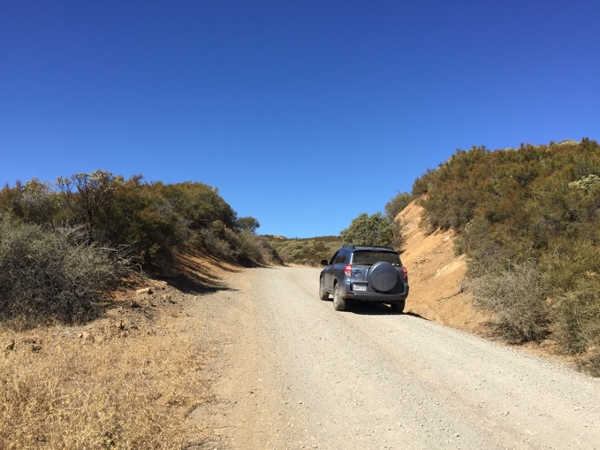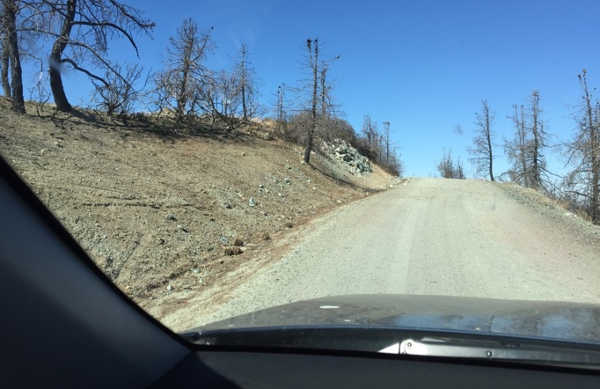- Lake Progressives
- Posted On
Lake Progressives endorse Bernie Sanders for president
In the 2016 primary, Lake Progressives endorsed Bernie Sanders for president. Lake County voters largely agreed. Bernie was the No. 1 choice in Lake County (5,195), with Trump (4,163) and Clinton (3,988) a distant second and third among local voters.
Today, Lake Progressives again endorse Bernie Sanders for president, for all the same reasons. Continuity is Bernie’s strength. It is the reason people trust him.
In 2016, Bernie raised the bar. He inspired millions of new voters, especially young people, with a message that resonated because it was true.
Today, far from being a "radical," Bernie is the real centrist in this race, standing on the same side as most Americans on most issues.
Seventy percent of Americans across all parties favor Medicare for All (83 percent of registered Democrats favor it).
Most Americans favor tuition-free public college, a Living Wage, women’s rights, worker's rights, immigration reform, criminal justice reform, protection for Dreamers, green energy (and jobs from green energy), environmental protection, equal justice for all, and no cuts to Social Security, Medicare or Medicaid.
These are issues Bernie has advocated for throughout his career. In 2020 we have an historic opportunity to elect someone who will fight for us.
The most popular president in American history was Franklin Delano Roosevelt, who was elected four times. FDR was so popular that panicked politicians passed a Constitutional Amendment to limit the presidency to two terms, out of fear that "We, the People" would just keep re-electing FDR forever.
Why was FDR so popular? Because his policies helped everyone.
His programs strengthened America by putting people to work on infrastructure projects that improved everyone's lives and improved the entire nation's economy. He appealed to our better angels, and united a nation that had been divided by fear.
FDR's founding principles were "The Four Freedoms," the cornerstone upon which he based The New Deal: Freedom of speech, freedom of worship, freedom from want, freedom from fear.
Like FDR, Bernie wants what we all want – an America that is truly free, a nation that lives up to its own promise.
No one is free when they are crushed by debt.
No one is free when they cannot seek medical help because they don't have insurance, or the deductible is too high.
No one is free when they go to bed hungry, or if they don't even have a bed to sleep in.
For 40 years, wages have been stagnant and the quality of life for most Americans has gone downhill. Inequality is worse now than it was during the Great Depression. The time has come to elect the FDR of the 21st century, and enact another New Deal, another rising economic tide to lift all boats. The need is urgent.
This week, Congress voted to increase the military budget by $18 billion – that's $120 billion higher than the military budget in 2016. No one asked, "How are you going to pay for that?" because the elites never ask that question when it comes to making military contractors richer, or for increasing subsidies for fossil fuel corporations or Big Pharma, or for tax cuts for the wealthy.
The elites never object to giving "free stuff" to the already-wealthy.
It's not "free stuff," of course. Like everything else in the Federal budget, that money comes from U.S. taxpayers. As Bernie points out, instead of giving it to military contractors, that additional 120 billion of our tax money could have made tuition-free every public college, university, trade school and apprenticeship program in the United States, and eliminated homelessness, and provided school meals to every child in our public schools.
Corporations have bought most politicians in Washington ... but they have not bought Bernie.
Bernie's slogan is "Not me, us." Government of the people, by the people, and for the people.
That’s why Lake Progressives endorse Bernie Sanders.
Lake Progressives include Ava Kennedy, Chloe Karl, Chris Wilson, Danielle Alcantara, Deb Baumann, John Tyler, Juliana Vidich, Kimberly Tyler, Lia Alcantara, Lyn Alcantara, Mark Douglas, Paul Marchand, Paula Mune, Tim Everton, Todd Beeson, Trish VanDenBerghe and Wendy Kay.







 How to resolve AdBlock issue?
How to resolve AdBlock issue? 




